Introduction
Broad bean sprouts, known for their delicate flavor and nutritional benefits, are a delightful addition to various culinary dishes. However, maintaining their freshness over an extended period can be challenging due to their perishable nature. Whether you’re a home gardener, a small-scale farmer, or a food enthusiast looking to enjoy these sprouts throughout the year, understanding the proper preservation techniques is crucial. This comprehensive guide will delve into various methods for long-term storage of fresh broad bean sprouts, ensuring you can enjoy their nutritious goodness whenever you desire.
Understanding the Perishability of Broad Bean Sprouts
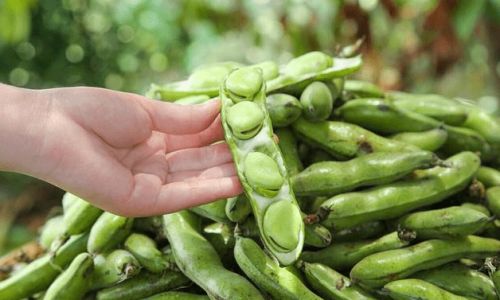
Before diving into preservation methods, it’s essential to grasp why broad bean sprouts are prone to spoilage. These sprouts are highly susceptible to moisture loss, mold growth, and bacterial contamination. Their delicate texture and high water content make them particularly vulnerable to these issues. Therefore, the key to successful preservation lies in minimizing these risks while retaining the sprouts’ nutritional value and flavor.
Initial Preparation: Harvesting and Cleaning
-
Timing is Crucial
Harvest broad bean sprouts when they reach the desired length and texture, typically around 3-5 inches. Harvesting too early can result in underdeveloped sprouts, while waiting too long can lead to bitterness and a higher risk of spoilage. -
Gentle Handling
Use scissors or a sharp knife to cut the sprouts close to the base to avoid damaging the plant. Handle the sprouts gently to prevent bruising, which can provide entry points for bacteria and molds. -
Thorough Rinsing
Immediately after harvesting, rinse the sprouts under cold running water to remove any dirt, debris, or pesticides. Use a gentle spray or soak them briefly in a clean sink filled with cold water, then drain thoroughly.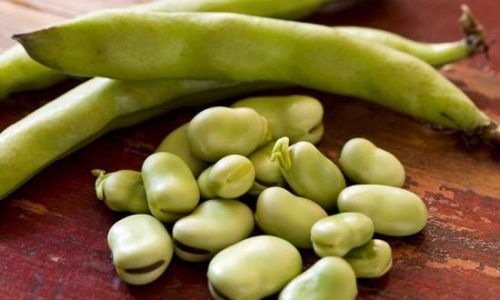
Short-Term Preservation Methods
While long-term storage is the focus, understanding short-term preservation methods can be beneficial for those who wish to extend freshness by a few days or a week.
-
Refrigeration
- Paper Towel Method: Place cleaned sprouts on a paper towel, pat them dry, and then roll the towel up tightly. Place the roll in a plastic bag, squeeze out excess air, and store it in the refrigerator’s crisper drawer. This method can keep sprouts fresh for up to a week.
- Damp Paper Towel Method: Alternatively, lay damp (not wet) paper towels on the bottom of a storage container, place the sprouts in a single layer, and then cover with another damp paper towel. Seal the container and refrigerate. Change the paper towels daily to prevent molding.
-
Hydroponic Storage
For those with access to hydroponic systems, sprouts can be kept in a nutrient-rich water solution. This method maintains freshness by providing continuous hydration and nutrients, but it requires specialized equipment and monitoring to prevent contamination.
Long-Term Preservation Techniques
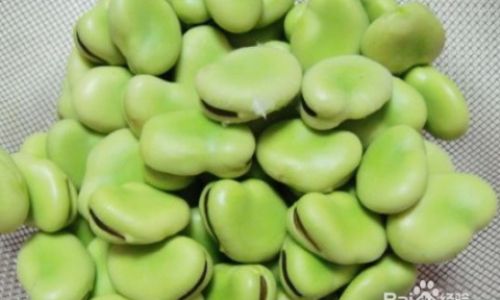
For those seeking to store broad bean sprouts for months, the following methods offer more durable solutions.
-
Freezing
Freezing is one of the most effective ways to preserve the nutritional value and texture of broad bean sprouts for an extended period.- Blanching: Blanching helps to inactivate enzymes that cause spoilage and retains the sprouts’ bright color. Submerge cleaned sprouts in boiling water for 2-3 minutes, then quickly transfer them to an ice water bath to stop the cooking process. Pat them dry with paper towels.
- Freezing in Bags or Containers: Spread the blanched sprouts in a single layer on a baking sheet and freeze until solid. This prevents clumping. Once frozen, transfer them to freezer bags or airtight containers, removing as much air as possible to prevent freezer burn. Label with the date and store in the freezer for up to a year.
- Using Freezer-Safe Silicone Bags: These bags are reusable and offer better protection against freezer burn compared to traditional plastic bags.
-
Dehydration
Dehydrating broad bean sprouts converts them into a shelf-stable form that can be stored for long periods.- Pre-Treatment: Blanch the sprouts as described above to enhance their color and texture after dehydration.
- Drying Process: Use a food dehydrator set to a temperature between 115°F and 135°F (46°C to 57°C). Spread the sprouts in a single layer on the dehydrator trays. Dehydration can take anywhere from 6 to 12 hours, depending on the sprouts’ thickness and the dehydrator’s efficiency.
- Storing Dehydrated Sprouts: Once fully dried (they should be brittle and not tacky), store the sprouts in airtight glass jars or vacuum-sealed bags in a cool, dark place. Dehydrated sprouts can last for up to a year.
- Rehydration: To use, soak the dehydrated sprouts in water for about 20-30 minutes or until they reach your desired texture. They can then be added to salads, soups, or stir-fries.
-
Pickling and Fermentation
Pickling and fermentation not only preserve sprouts but also add a tangy, flavorful twist.- Pickling: Use a vinegar-based brine (a mixture of vinegar, water, sugar, and salt to taste) and submerge the cleaned sprouts in it. Ensure the sprouts are fully submerged by using a weight (like a small jar filled with water) to keep them down. Store the pickled sprouts in a cool, dark place for up to several months.
- Fermentation: For fermented sprouts, use a saltwater brine (typically 2-3% salt by weight of water). Place the sprouts in a clean, non-reactive container (like a glass jar) and cover with the brine. Use a fermentation weight to keep the sprouts submerged and cover the jar with a loose-fitting lid to allow gas exchange. Ferment at room temperature for 3-7 days, tasting daily until you reach your desired level of tanginess. Store fermented sprouts in the refrigerator for up to a month.
-
Canning
Canning is another effective method for long-term preservation, although it requires specialized equipment and knowledge.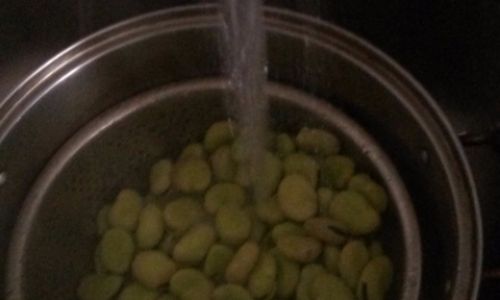
- Pressure Canning: Due to their low acidity, broad bean sprouts should be pressure canned to ensure safety. Follow canning guidelines for low-acid vegetables, using a pressure canner and processing at the appropriate temperature and pressure for your altitude.
- Preparation: Blanch the sprouts as usual, pack them into clean, hot jars, and cover with freshly boiled canning liquid (water or a light brine). Leave headspace as recommended in canning manuals, wipe jar rims clean, and apply lids and rings.
- Processing: Process jars in a pressure canner according to manufacturer instructions and your local altitude. Once processed, store canned sprouts in a cool, dark place for up to a year.
Conclusion
Preserving fresh broad bean sprouts for long-term storage requires careful planning and execution. From refrigeration and freezing to dehydration, pickling, fermentation, and canning, each method offers unique benefits and considerations. Choose the technique that best aligns with your needs, resources, and preferences. Remember, proper handling, cleanliness, and timely processing are crucial to ensuring the safety and quality of your preserved sprouts. With these methods, you can enjoy the nutritious and delicious taste of broad bean sprouts throughout the year, rain or shine.



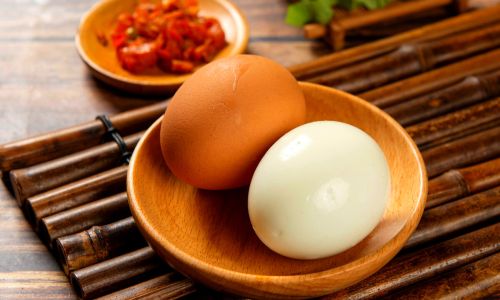
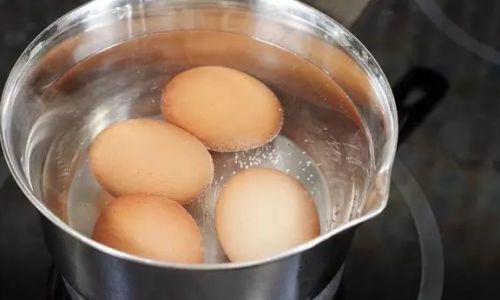
0 comments